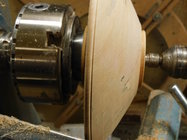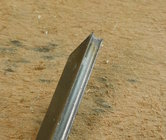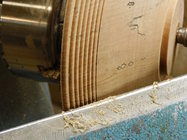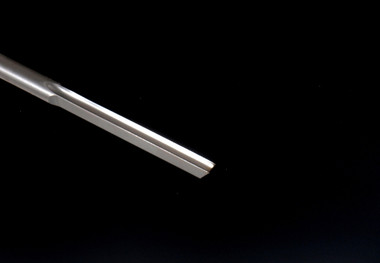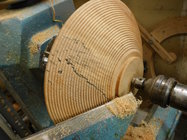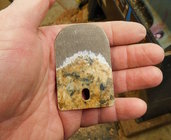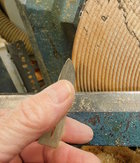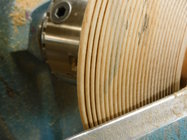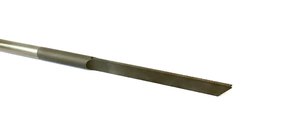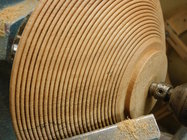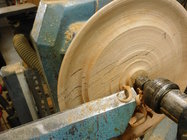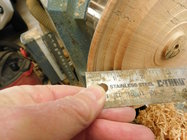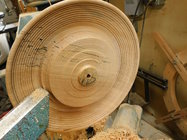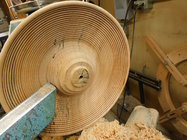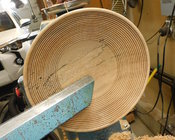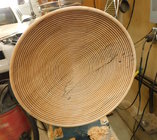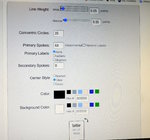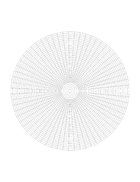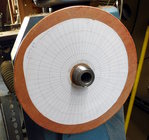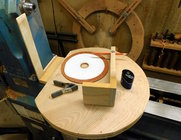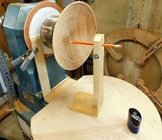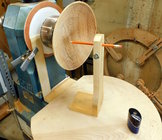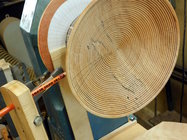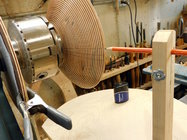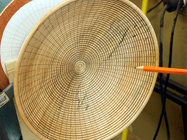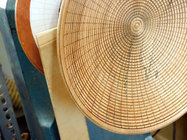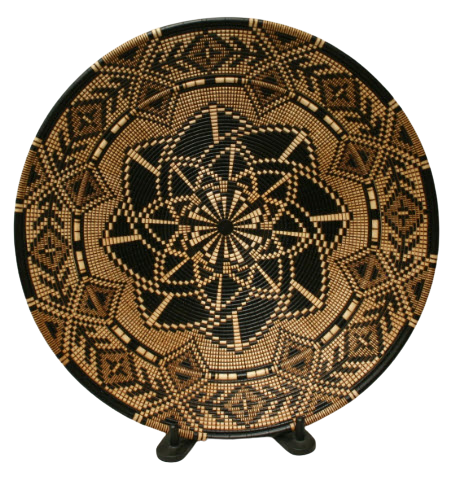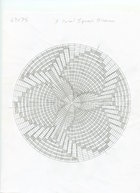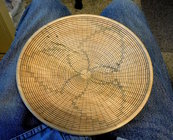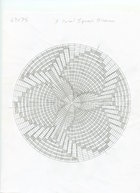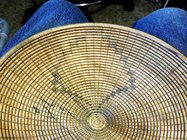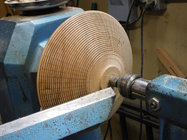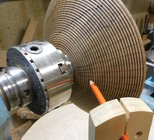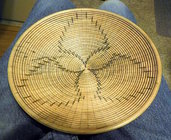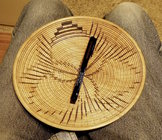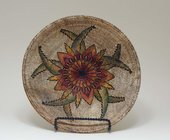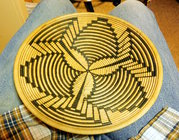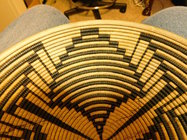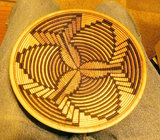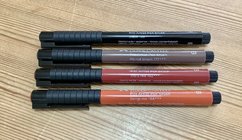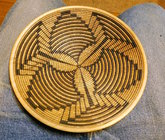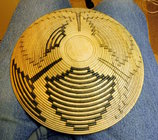I've thought about documenting the steps of my style of basket illusion for a while and thought this would be a good a place to give it a try. Keep in mind that there are probably as many different ways to do this as there are people doing it and mine is only one of them. And I also need to give credit and thanks to those who taught me most of this. I was first inspired by Jim Adkins several years before I ever tried this myself. And to this day I still think his baskets are the most realistic I've seen. Steve Mawson has also been a huge inspiration to me and also become a good friend. Harvey Meyer, although he does mostly a different style of basket illusion, is the one that made the light come on in my head and finally understand how to get the design on the wood. His YouTube videos on basket illusion are well worth watching. So this is all mostly information I'm passing along to anyone else that may take an interest in this type of woodturning embellishment and not anything that I have "invented". So anyway, here we go.
This is going to be a smaller basket, about 9" diameter and 2" deep made from a piece of kiln dried hard maple that has just a little bit of spalting. When making a basket I'm trying to create something that looks old, maybe well used, and usually in the style of a desert southwest Native American made basket. So I don't mind a little bit of figure or color variation or the spalting in the wood I use. In fact for me personally I think it makes a more realistic basket. But in reality, if you were to hold one of these basket illusions up next to an authentic Native American basket they're not really even close to looking real. I like making them though and as tedious as they can be I find working on them to be very relaxing.
In this first photo, I have the blank mounted using the big screw that comes with most chucks. I'm using the tailstock with a revolving cup center just to make it a little more stable.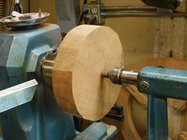
From here I just turn the outer shape and make a tenon as I would on any other bowl. There's no point in sanding this because the beading process will remove the surface anyway.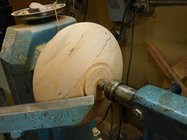
Because this bowl will have a braided rim design I now turn the outer part of the rim using a 3/8" beading tool that I made from a worn out 3/8" spindle gouge. D-Way makes beading tools in many sizes and I'm sure their 3/8" tool would work great here but I'm kind of frugal and made my own from a worn out spindle gouge. I don't know the angles of the grind other than to say they are similar to the D-way tool as it comes new. These beading tools are used with the flute down, as a scraping tool and work best with light cuts that just make those angel hair shavings.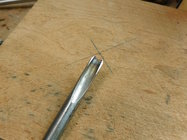
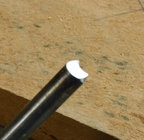
This is going to be a smaller basket, about 9" diameter and 2" deep made from a piece of kiln dried hard maple that has just a little bit of spalting. When making a basket I'm trying to create something that looks old, maybe well used, and usually in the style of a desert southwest Native American made basket. So I don't mind a little bit of figure or color variation or the spalting in the wood I use. In fact for me personally I think it makes a more realistic basket. But in reality, if you were to hold one of these basket illusions up next to an authentic Native American basket they're not really even close to looking real. I like making them though and as tedious as they can be I find working on them to be very relaxing.
In this first photo, I have the blank mounted using the big screw that comes with most chucks. I'm using the tailstock with a revolving cup center just to make it a little more stable.

From here I just turn the outer shape and make a tenon as I would on any other bowl. There's no point in sanding this because the beading process will remove the surface anyway.

Because this bowl will have a braided rim design I now turn the outer part of the rim using a 3/8" beading tool that I made from a worn out 3/8" spindle gouge. D-Way makes beading tools in many sizes and I'm sure their 3/8" tool would work great here but I'm kind of frugal and made my own from a worn out spindle gouge. I don't know the angles of the grind other than to say they are similar to the D-way tool as it comes new. These beading tools are used with the flute down, as a scraping tool and work best with light cuts that just make those angel hair shavings.


Last edited:

